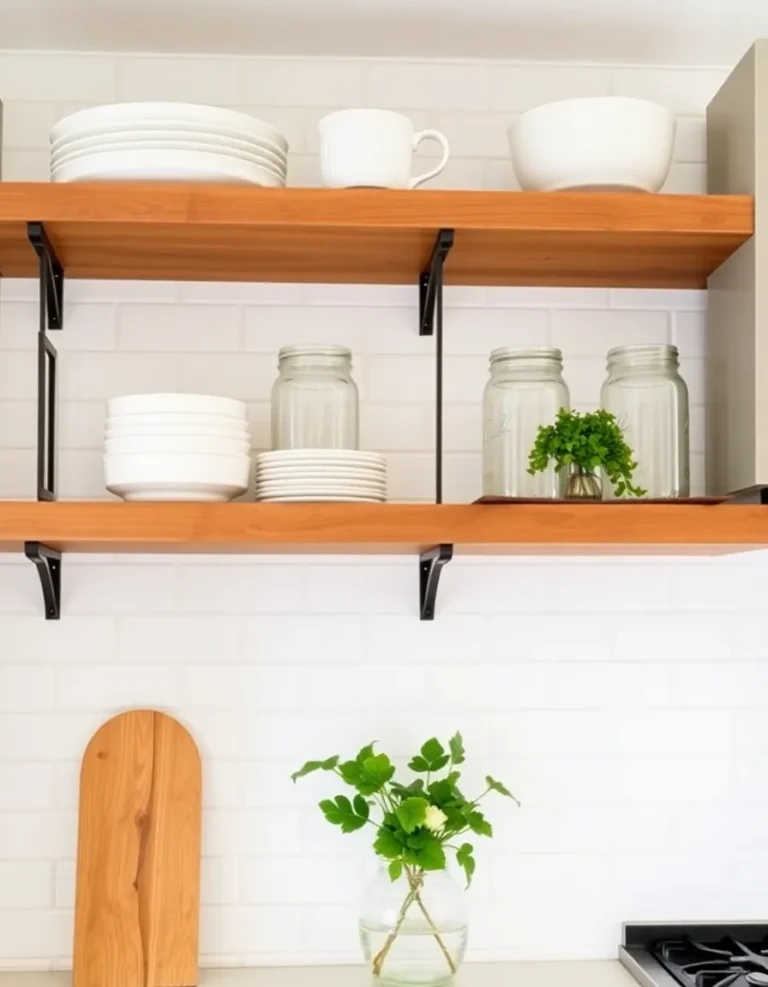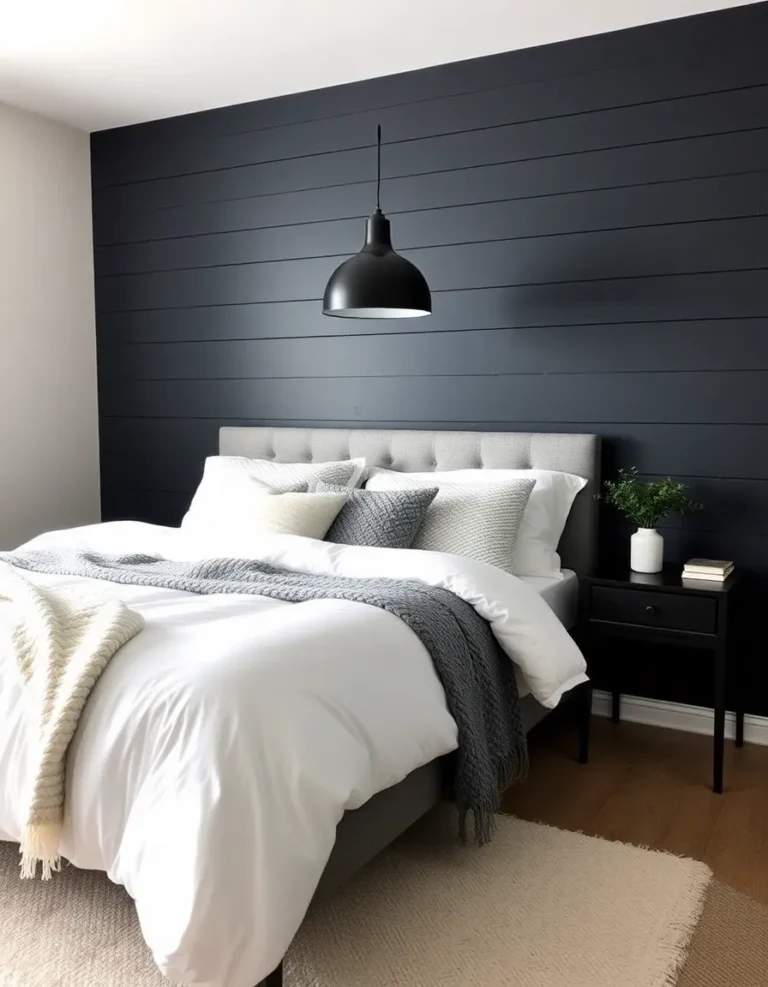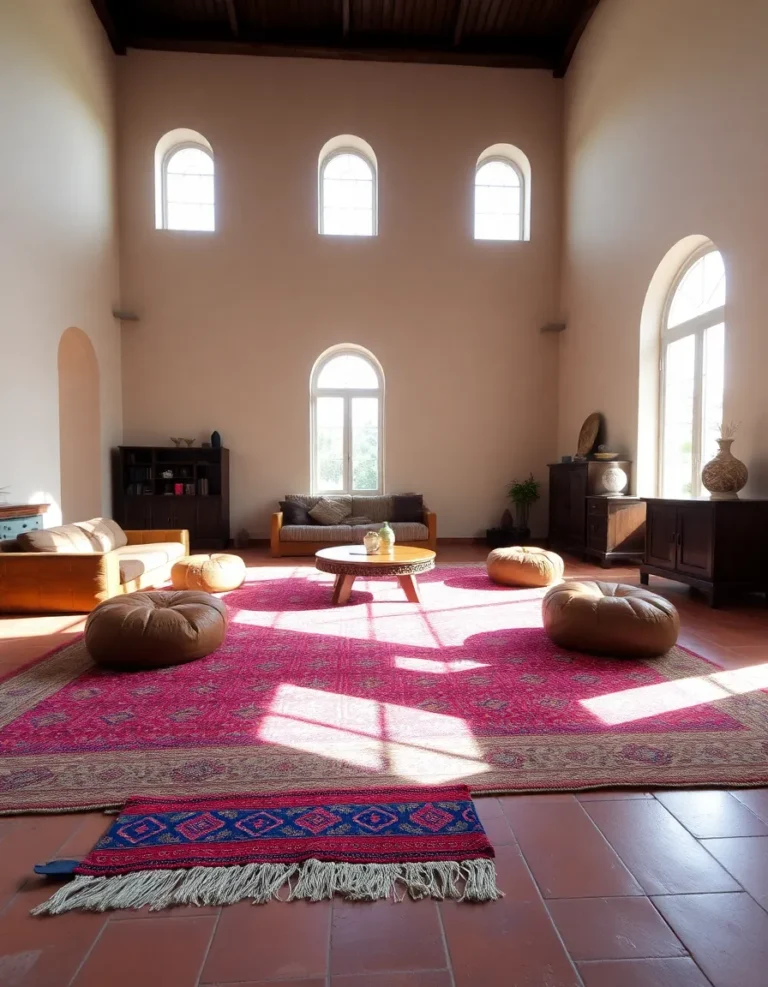Decorating with Period-Appropriate Furniture and Antiques

Hey there, fellow design lover! If you’ve ever walked into a room and felt like you’ve time-traveled—in a good way—then you know the magic of decorating with period-appropriate furniture and antiques. There’s something undeniably charming about a space that feels like it’s been curated over decades (or centuries) rather than assembled in a single weekend shopping spree. But let’s be real: blending old and new without making your home look like a museum or a flea market can be tricky. That’s where I come in.
I’ve spent years hunting down the perfect pieces, making more than a few questionable choices along the way (RIP, that overly ornate Victorian chair that stabbed everyone who sat on it). But through trial, error, and a lot of Pinterest deep dives, I’ve learned how to mix history with modern living seamlessly. Whether you’re a die-hard antique collector or just dipping your toes into the world of vintage decor, this guide will help you create a home that’s rich in character—without sacrificing comfort or functionality.
So, grab a cup of tea (or coffee, no judgment here), and let’s dive into the art of decorating with period-appropriate furniture and antiques. Trust me, your home will thank you.
1. Why Period-Appropriate Furniture Matters
Ever walked into a room and felt like something was… off? Maybe it was the sleek, ultra-modern couch clashing with the ornate, 18th-century fireplace. Or perhaps it was the mid-century coffee table looking lonely in a sea of Baroque excess. When furniture doesn’t match the era of your home’s architecture or design ethos, it can feel disjointed—like wearing sneakers with a ball gown. Sure, it might work for some avant-garde looks, but most of us prefer harmony.
Period-appropriate furniture isn’t about rigidly sticking to one era (unless you’re going for a full historical recreation, in which case, carry on). It’s about creating a cohesive vibe that makes sense. A well-chosen antique can anchor a room, giving it depth and personality that mass-produced pieces just can’t replicate. Plus, there’s something deeply satisfying about owning a piece with a story—even if that story is just “I found this at a flea market and haggled like my life depended on it.”
And let’s not forget sustainability. Buying antiques is basically the original recycling. Instead of contributing to fast furniture (yes, that’s a thing now), you’re giving a second life to pieces that were built to last. IMO, that’s a win-win.

2. How to Identify Quality Antiques
Alright, let’s talk about the elephant in the room: not all “antiques” are created equal. Some are priceless heirlooms; others are… well, let’s just say they’ve seen better days. So how do you separate the treasure from the trash? Here’s my cheat sheet for spotting the good stuff.
First, check the construction. Older furniture was built to last, so look for dovetail joints, solid wood (not veneer over particleboard, ugh), and hand-carved details. If it wobbles like a toddler on a sugar high, walk away. Second, examine the finish. Original patina is great, but be wary of pieces that have been slathered in paint or varnish to hide damage. And third, trust your nose. If it smells like a musty basement, it probably lived in one for too long.
Pro tip: Don’t get hung up on “perfect” condition. A few scratches or dings add character—after all, if a piece survived 100+ years, it’s earned its battle scars. Just make sure the damage isn’t structural (unless you’re up for a restoration project, in which case, godspeed).

3. Mixing Eras Without Losing Your Mind
Okay, here’s where things get fun. Mixing furniture from different eras can create a dynamic, layered look—but it can also go horribly wrong if you’re not careful. The key? Balance. You don’t want your living room to look like a time-travel experiment gone awry.
Start by picking a dominant era. Maybe it’s the one your home was built in, or maybe it’s just the style you love most. Then, add accents from other periods that complement, not compete. For example, a sleek 1950s side table can look amazing next to a plush Victorian sofa, as long as they share a common thread (like color or material). Think of it like a playlist: you wouldn’t put death metal next to smooth jazz, but a little contrast keeps things interesting.
And hey, if you’re nervous, start small. Swap out a modern lamp for a vintage one, or add an antique mirror to a contemporary bathroom. Baby steps, my friend.

4. Where to Find Period-Appropriate Pieces
Now for the hunt! Finding the perfect antique or vintage piece can feel like searching for a needle in a haystack, but trust me, the thrill of the chase is half the fun. Here are my go-to spots:
- Estate sales: Gold mines for authentic, well-loved pieces. Get there early for the best finds, and don’t be afraid to negotiate.
- Antique malls: More curated (and usually pricier), but great for browsing multiple vendors in one place.
- Online marketplaces: Facebook Marketplace, Craigslist, and even Etsy can be treasure troves—just be sure to check dimensions and condition carefully.
- Auctions: Not for the faint of heart, but you can score incredible deals if you know what you’re doing.
FYI, avoid big-box “vintage-inspired” stores unless you’re okay with reproductions. They’re fine in a pinch, but nothing beats the real deal.

5. Styling Tips for a Cohesive Look
You’ve got your pieces—now what? Styling antiques so they feel fresh and intentional (and not like your grandma’s attic) is all about context. Here’s how to make them shine:
First, let your star pieces breathe. If you’ve got a stunning Georgian bookcase, don’t cram it into a corner. Give it space to be appreciated. Second, balance ornate with simple. A heavily carved Rococo console will pop against a minimalist wall, but pair it with too many other fussy pieces, and it’ll just look cluttered. And third, don’t forget lighting. A well-placed vintage lamp or chandelier can tie the whole room together.
Oh, and one more thing: textiles are your friend. A modern throw pillow or a sleek, neutral rug can bridge the gap between old and new effortlessly. Just don’t go overboard—no one wants to see a Louis XVI chair drowning in shabby-chic florals. :/

So there you have it—your crash course in decorating with period-appropriate furniture and antiques. Whether you’re going full-on Downton Abbey or just adding a few vintage accents, remember: the best homes tell a story. Yours should be no different. Happy hunting!



